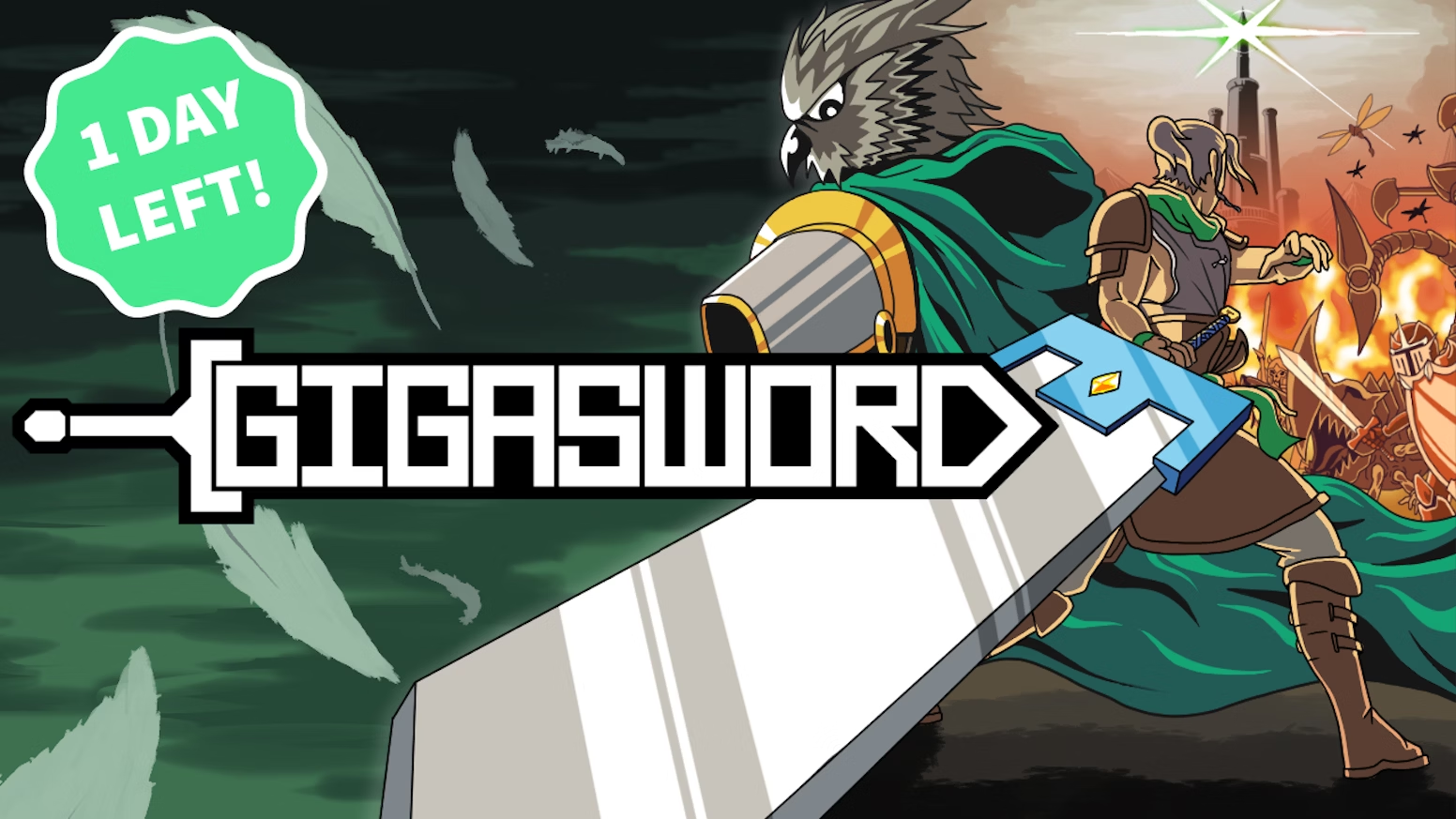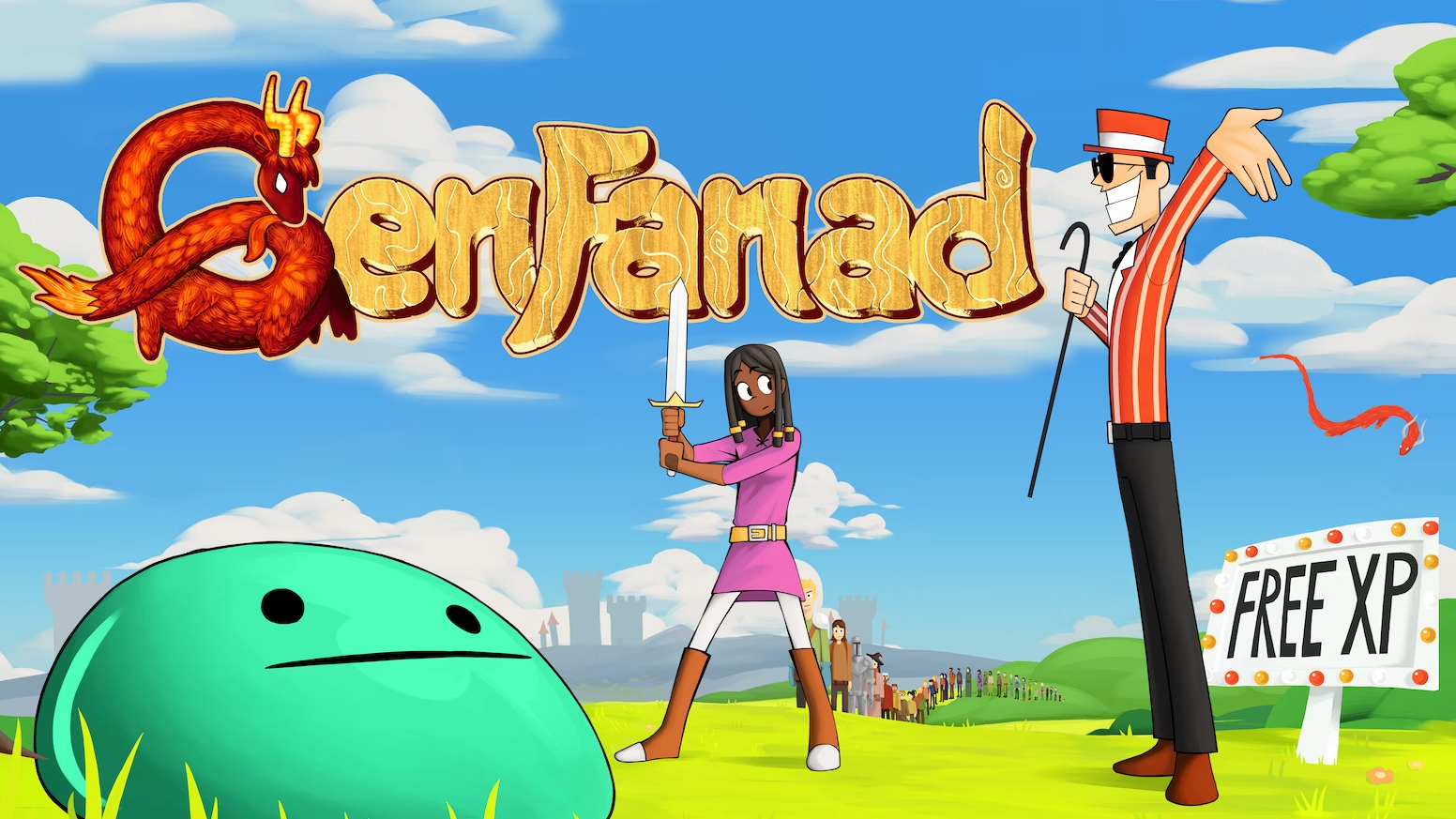What Not to Do When Financing Your Video Game Through Kickstarter
Kickstarter for game funding
In an age where independent game development is flourishing, crowdfunding has become a popular route for developers to secure funding. Among the platforms available, Kickstarter stands out as a popular choice. However, funding a successful Kickstarter campaign isn’t as straightforward as many believe. This blog will provide you with an in-depth exploration based on two real-life experiences: Genfanad, an MMO game that sought $10,000 but ended up with over $19,000, and GigaSword, a Metroidvania adventure game that barely achieved its $40,000 goal but ended up with $46,000.

Hello, aspiring game developers and game enthusiasts! Today, we’ll dive into the intriguing world of crowdfunding your own video games. Specifically, we’ll talk about what not to do when funding your video game through Kickstarter.
1. Your Idea Will Not Sell Itself
One of the biggest pitfalls in any business, specifically in game development, is the assumption that your product will sell itself. Regardless of the aesthetic appeal of your RPG or the uniqueness of your game concept, it won’t matter if nobody knows about it. Your duty as a developer doesn’t end with game creation; you also need to ensure your potential backers are aware of your game and take interest in it. Effective marketing and communication are your primary tools.

2. Community Building is Essential
Unlike major game development companies, indie developers don’t have an army of marketers at their disposal. Hence it’s crucial for developers to engage with their potential audience and create a community. You can accomplish this by sharing updates, seeking feedback, and engaging with players in gaming forums, communities like Discord and Steam, and even at gaming conventions. Remember, these early supporters will be integral to your Kickstarter campaign’s success and the final game’s reception.
3. Time is Your Most Precious Resource
Developing a video game requires a hefty investment of time. Adding a Kickstarter campaign to your workload is effectively fighting a war on two fronts. Many developers underestimate the time investment required for both, leading to subpar results. Aim to launch your Kickstarter campaign when your game is around 80% complete. This way, you have something substantial to show your prospective backers and also allocate adequate attention to your campaign.
4. Setting Realistic and Attainable Funding Goals
While it’s easy to eye huge numbers, setting unrealistic funding goals may set your Kickstarter campaign up for failure. Recent statistics show that most Kickstarter campaigns fall short of their goals. Try setting your funding goal in the reasonable $10,000 range. Once you’ve reached that objective, you can introduce stretch goals to your campaign, allowing you to raise funds incrementally, mitigating the risk of falling short.
Conclusion
Navigating through a Kickstarter campaign can be complex. However, with the careful execution of community building, effective time management, and realistic goal settings, even indie developers can achieve impressive results. So, remember, success on Kickstarter isn’t solely about the appeal of your game. It’s about the community you build, the goals you set, and the time and effort you invest.

